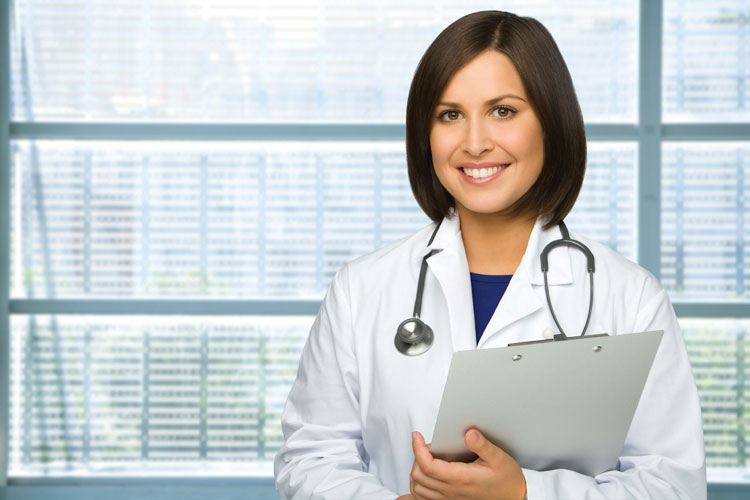Let’s face it—Medicare can get confusing fast, especially here in Victoria, TX. There are deadlines, plan details, and plenty of “fine print” that can trip you up. That’s why working with a local Medicare agent can make such a huge difference. They know the common mistakes people make and can help you sidestep them. Here’s what you need to watch out for—and how expert advice can save you time, money, and headaches!
- Not Reviewing All Your Plan Options
Ever picked something off a menu in a hurry and then spotted something better right after? That’s what it’s like choosing a Medicare plan without looking at all your options.
Why this matters:
– You might miss out on better coverage or lower costs.
– Some plans have extra benefits you didn’t even know existed.
– Once you choose, switching can be tricky until the next enrollment period.
Pro tip:
Sit down with a Medicare agent and compare plans side-by-side. They’ll help you understand the differences so you won’t have buyer’s remorse later! If you want expert guidance, consider working with Insurance With Don to explore all your Medicare options with confidence.
- Missing Important Enrollment Deadlines
Deadlines sneak up fast—and missing one with Medicare can cost you.
What can go wrong:
– You could miss your chance to enroll or make changes.
– Late penalties might get tacked onto your monthly premium.
– You could be left without coverage until the next window opens.
How to avoid it:
Set reminders for enrollment periods, or work with an agent who’ll keep you on schedule. Trust us, your future self will thank you.
- Overlooking Prescription Drug Coverage Details
Prescription drugs are a huge part of healthcare for many people, but the details can get complicated.
Let’s break it down:
– Formularies & Tiers:
Not every plan covers every medication, and the price can jump if your drug is in a higher tier.
– Tip: Always check if your meds are covered and at what cost.
– Coverage Gaps & Exclusions:
Some plans have “donut holes” or don’t cover certain drugs/services.
– Tip: Ask your agent to explain any gaps or exclusions.
– Costs:
If you ignore the details, you might end up paying way more out-of-pocket than expected.
– Tip: Review your plan’s formulary every year—medications covered (and their costs) can change!
- Forgetting to Think About Future Health Needs
It’s easy to focus on what you need right now, but what about a few years down the road?
– Long-Term Costs:
Healthcare expenses usually go up as we age or if new health issues pop up.
– Tip: Plan for the “what ifs,” not just the present day.
– Chronic Conditions:
If you have ongoing health concerns, make sure your plan supports those needs.
– Tip: Discuss your health with your agent—they can help you choose a plan that covers you now and later.
- Ignoring Network Restrictions & Provider Availability
Want to keep seeing your favorite doctor? You better check if they’re “in-network.”
What happens if you don’t:
– You might have to pay more out of pocket.
– Some providers might not be accepting new patients or might not be covered at all.
How to stay in the clear:
Double-check that your preferred doctors and hospitals are in your plan’s network. It’s a simple step that can save you a ton of hassle!
- Not Understanding Cost-Sharing & Premiums
Medicare has lots of moving parts: premiums, copays, deductibles… it’s easy to get lost.
What to know:
– Lower monthly premiums might mean higher costs when you actually use your coverage.
– A higher premium plan could save you money if you see the doctor a lot or take pricey medications.
Best move:
Ask your agent to walk you through the cost breakdown—what you’ll pay each month and what you’ll pay when you use services. Surprises are great for birthdays, not for medical bills!
- Relying Only on the Internet Instead of Professional Guidance
Let’s be honest—the internet is full of info, but not all of it is accurate or up-to-date. It’s easy to get overwhelmed or misinformed.
Why talking to an agent helps:
– They can spot details you might miss.
– You get advice tailored to your health and budget.
– They’ll help you avoid common pitfalls you didn’t even know existed.
Bottom line:
Online research is a good start, but nothing beats a real conversation with someone who knows Medicare and understands your unique situation.
Final Thoughts
Navigating Medicare doesn’t have to be stressful or confusing. With the right help, you can avoid these common mistakes and get coverage that truly fits your life here in Victoria, TX.
Ready to make a confident Medicare decision?
Reach out to a local Medicare agent—they’re here to walk you through the process step by step!








